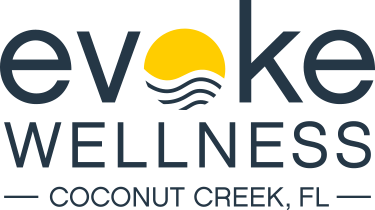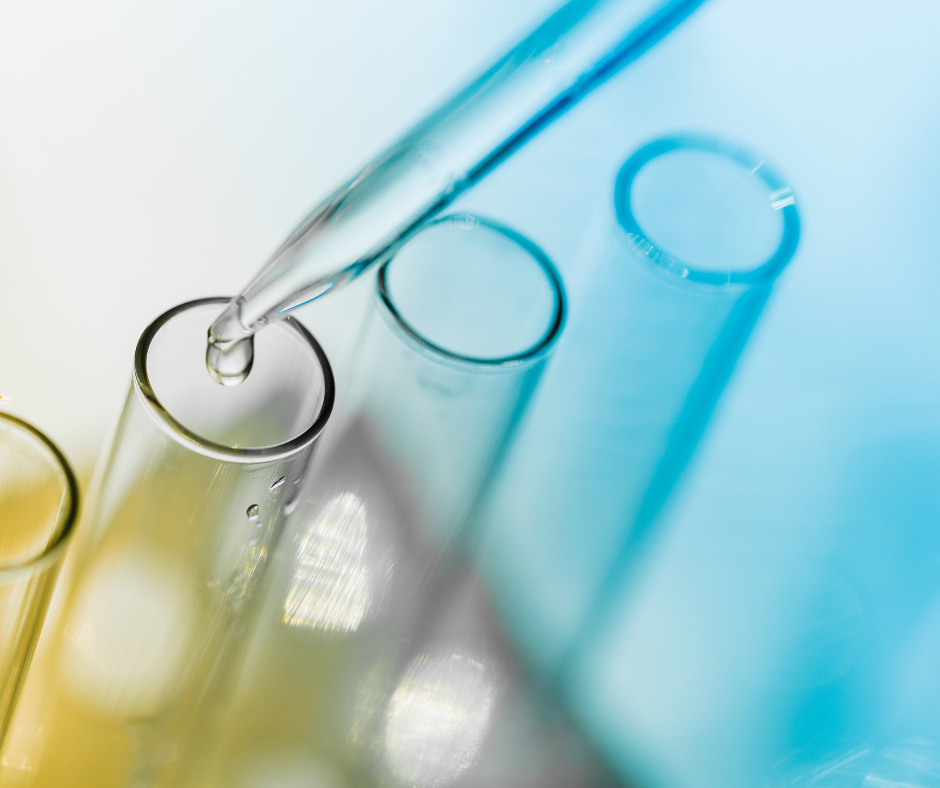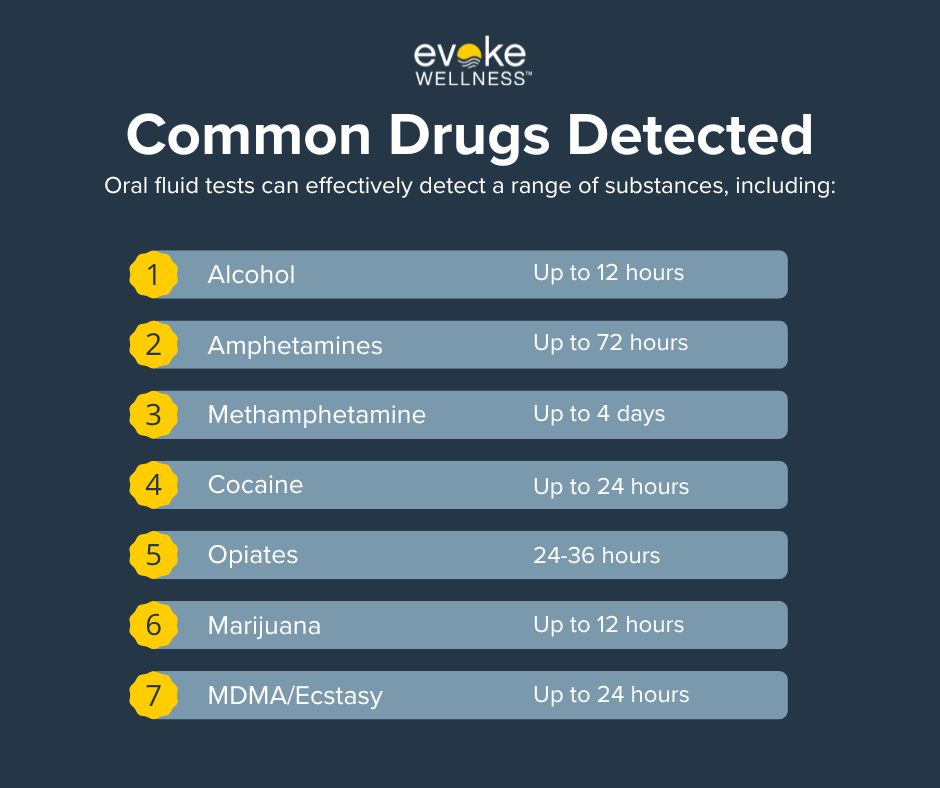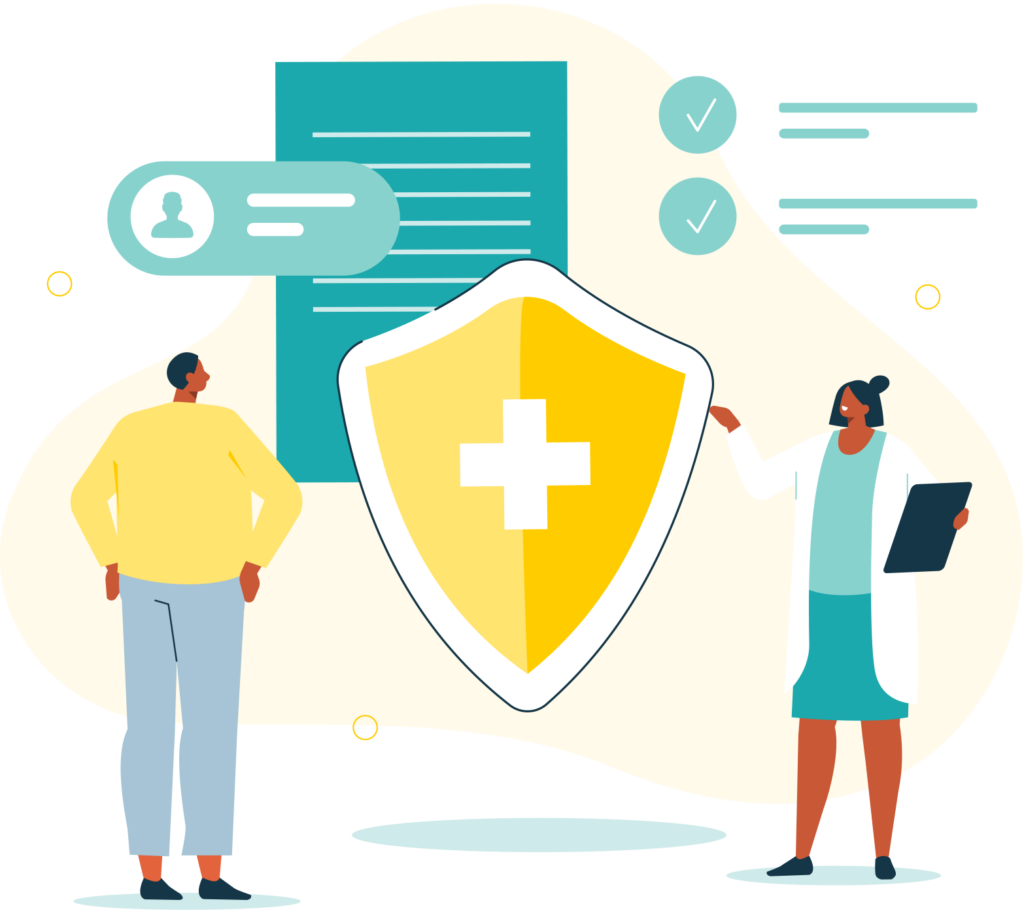As you navigate the complex landscape of addiction treatment and substance abuse recovery, understanding drug testing methods is crucial. Two common approaches—oral and urine testing—each offer distinct advantages and limitations. In this comprehensive guide, you’ll explore the key differences between these testing modalities, their applications in various settings, and their roles in supporting your journey toward sobriety. Recent studies have shown that while urine tests remain the gold standard for many situations, oral fluid testing is gaining traction due to its non-invasive nature and ability to detect recent drug use. By familiarizing yourself with these testing methods, you’ll be better equipped to engage in your treatment process and maintain accountability in your recovery journey.
If you or a loved one is struggling, help is available today. Call (833) 969-3318 to speak with our compassionate team, or reach out online and schedule an appointment to begin a healing journey.
What Is Drug Testing?
Drug testing is a screening process used to detect the presence of certain substances in a person’s system. It involves analyzing biological samples such as urine, hair, blood, or saliva for traces of drugs or their metabolites.
Common Drug Testing Methods
The two most widely used methods for drug testing are urine and oral fluid (saliva) tests. Urine tests are considered the gold standard, as they can detect a wider range of substances over a longer detection window. Oral fluid tests, on the other hand, offer a non-invasive alternative with a shorter detection window.
Advantages of Oral Fluid Testing
Oral fluid testing offers several advantages over traditional urine testing:
- Difficult to adulterate or substitute samples
- Observed collection eliminates “shy bladder” issues
- Can detect recent drug use more effectively than urine tests
However, the shorter detection window for oral fluid tests is a significant limitation, as drugs may become undetectable within hours or days after use.
Drugs Detected in Oral Fluid Tests
According to Evoke Coconut Creek, the most commonly detected substances in oral fluid tests include alcohol, amphetamines, methamphetamine, barbiturates, benzodiazepines, marijuana, cocaine, MDMA, oxycodone, and opiates. Detection times vary based on the drug and individual factors.
Choosing between urine and oral fluid testing depends on the specific needs of the organization or situation, considering factors such as detection windows, cost, and ease of administration.
Oral Fluid vs. Urine Drug Testing
Accuracy and Detection Windows
Mouth swab or oral fluid drug tests are gaining popularity due to their ease of use and difficulty in tampering compared to traditional urine tests. According to Evoke Wellness at Coconut Creek, these tests are around 98% accurate, but factors like the type of test, drug concentration, and timing can impact accuracy. While urine tests generally have longer detection windows, oral fluid tests offer a shorter but still significant window for detecting recent drug use.
Common Drugs Detected
MDMA Detection and Effects
MDMA, also known as ecstasy or molly, is a synthetic drug with hallucinogenic and stimulant properties. It can be detected in saliva for 1-2 days after use, with its effects typically lasting 3-6 hours. However, taking multiple doses can extend the detection window. MDMA use carries risks of anxiety, paranoia, dehydration, heart problems, and long-term mood and cognitive issues.
Considerations for Drug Testing
While oral fluid tests offer a shorter detection window than urine tests, they can still indicate recent substance use. If an upcoming drug test raises concerns, it may signal a need for professional addiction treatment. Evoke Wellness Coconut Creek offers comprehensive programs to help individuals achieve lasting recovery from substance abuse.
Accuracy of Oral vs. Urine Drug Tests
Reliability Comparison
When it comes to accurately detecting substance use, both oral fluid (saliva) and urine drug tests have their strengths and limitations. According to Evoke Wellness, mouth swab tests are around 98% accurate, while urine tests are considered the gold standard with an accuracy rate over 99%. However, the accuracy of each test can vary depending on factors like the drug type, concentration levels, and timing.
Detection Windows
One key difference is the detection window – the period during which a substance can be identified in the sample. Urine tests generally have a longer detection window, ranging from a few days to weeks for most drugs. In contrast, mouth swabs have a much shorter window, typically detecting substances used within the past 24-72 hours.
Substance-Specific Accuracy
- Alcohol: Detectable immediately in saliva but disappears within 12 hours.
- Amphetamines, Methamphetamine, Cocaine, MDMA: Detectable 10-60 minutes after use, undetectable after 24-72 hours.
- Opioids: Detectable in saliva for 24-36 hours.
- Marijuana: Detectable for up to 12 hours after use.
While urine tests offer a broader detection range, oral fluid tests are harder to adulterate or substitute, making them a reliable option for on-site testing.
Window of Detection for Oral vs. Urine
Oral (Mouth Swab) Drug Tests
Oral fluid or mouth swab drug tests are gaining popularity due to their non-invasive nature, difficulty to adulterate, and quick detection times. According to a study by Quest Diagnostics, the detection window for most drugs in oral fluid is relatively short compared to urine testing.
- Alcohol can be detected immediately but only for 5-12 hours after consumption.
- Amphetamines and methamphetamines are detectable within 5-10 minutes and remain for up to 72 hours.
- Cocaine metabolites show up within 10 minutes but clear after 24-48 hours.
Urine Drug Test Detection Times
Urine tests have a much wider detection window than oral fluid tests, as drugs and their metabolites are concentrated and eliminated more slowly through the kidneys. As per guidelines from SAMHSA, typical detection times in urine are:
- Amphetamines: 1-3 days
- Cocaine metabolites: 2-4 days
- Opioids: 1-3 days
- Marijuana: Up to 30 days for chronic users
The shorter detection window of oral fluid tests limits their effectiveness for monitoring substance abuse over an extended period. However, they offer a viable option for quickly identifying recent drug use.
Ease of Sample Collection and Integrity
Collection Process
Oral fluid testing offers a simpler and more convenient sample collection process compared to urine testing. The donor simply needs to swab the inside of their mouth, making it easy to conduct tests on-site or in mobile settings. In contrast, urine collection often requires a private restroom facility.
Observed Collections
For urine tests, observed collections are sometimes required to ensure sample integrity – an intrusive process that raises privacy concerns. Oral fluid testing eliminates this need, as samples are collected under observation while protecting the donor’s dignity.
Adulteration Risks
Oral fluid samples have a lower risk of adulteration or substitution compared to urine samples. It is more difficult to tamper with or “beat” an oral fluid test through common methods used with urine tests.
Testing Windows
While urine tests can detect substance use over a wider historical window, oral fluid tests provide a shorter but more recent detection window of hours to days. This recency can be beneficial for programs focused on deterring recent drug use.
Overall, the non-invasive nature, observed collections without compromising privacy, and lower adulteration risks make oral fluid testing an appealing option from a sample collection and integrity standpoint.
Time to Results for Oral vs. Urine
Rapid Screening
One major advantage of oral fluid (saliva) drug testing over traditional urine testing is the speed at which results are obtained. According to experts at Evoke Wellness, mouth swab tests can detect the presence of drugs like alcohol, amphetamines, cocaine, and marijuana within minutes after use. This rapid screening capability makes oral fluid analysis ideal for situations where immediate results are needed.
Detection Windows
However, the tradeoff is that most substances have a relatively short detection window in oral fluid compared to urine samples. For example:
- Alcohol disappears from saliva within 12 hours
- Amphetamines and cocaine clear in 1-3 days
- Opioids like heroin are detectable for 24-36 hours
- Marijuana lingers for around 12 hours
So while urine tests offer a wider historical window to identify drug use over weeks or months, oral tests are better suited for recent use screening within a narrower timeframe.
High Accuracy
Despite the shorter detection periods, oral fluid tests boast impressively high accuracy rates around 98%. Factors like the specific test used, drug concentration levels, and timing can impact precision. But overall, modern mouth swab analysis is considered a reliable method to confirm substance use or rule it out definitively in the hours and days following ingestion or exposure.
FAQ on Drug Testing: Difference in Oral and urine testing
Testing Windows
Oral fluid (saliva) and urine drug tests have different detection windows for various substances. Urine tests generally have longer detection times, ranging from 1-4 days for most drugs to several weeks for chronic marijuana use. In contrast, oral fluid tests detect recent use, with most drugs cleared from saliva within 24-48 hours.
Accuracy and Reliability
Both methods are highly accurate when properly administered. Oral fluid tests boast around 98% accuracy according to studies. However, certain factors like drug concentration, testing windows, and testing procedures can impact reliability for either type.
Testing Process
Urine testing is invasive and requires a monitored sample collection. Oral fluid testing is less invasive, with a swab taken from the inner cheek area. This makes it harder to tamper with or substitute a fake sample.
Drugs Detected
Oral fluid and urine tests can detect a wide range of substances including amphetamines, opioids, cocaine, marijuana, and alcohol. However, urine may be better for detecting marijuana metabolites that remain in the body longer.
Costs and Logistics
Oral fluid tests tend to be more expensive per screening. But they offer cost savings through easier sample collection, faster results, and reduced need for specialized facilities. This makes them ideal for workplace testing programs.
If an upcoming drug test is causing concern, it may signal a need for professional addiction treatment. Evoke Wellness provides comprehensive programs to help overcome substance abuse and achieve lasting recovery.
Conclusion
In conclusion, understanding the differences between oral and urine drug testing is crucial for both employers and individuals seeking treatment for substance abuse. While urine tests remain the most common method, oral fluid testing is gaining popularity due to its ease of use and ability to detect recent drug use. As you consider your drug testing needs, whether for workplace screening or addiction treatment, weigh the pros and cons of each method carefully. Remember that early detection and intervention are key to addressing substance abuse issues effectively. By staying informed about testing options and seeking professional help when needed, you can take important steps toward maintaining a drug-free environment and supporting those struggling with addiction.
Begin Your Journey With Evoke Wellness at Coconut Creek
Evoke Wellness at Coconut Creek is a full-service addiction treatment facility serving Florida residents. We base each of our programs on the individual’s severity of symptoms and use a combination of evidence-based therapies and holistic approaches to address the needs and recovery goals of the patient.
If you or a loved one is struggling, help is available today. Call (833) 969-3318 to speak with our compassionate team, or reach out online and schedule an appointment to begin a healing journey.



